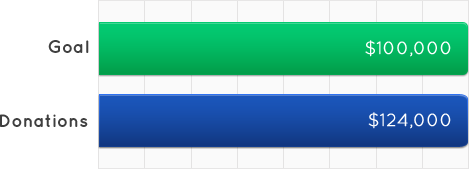Since the debut of our side-scrolling Internet magazine in 2008, Triple Canopy’s design—online and in print—has been groundbreaking and prescient. Triple Canopy’s attention to emerging artistic practices (and the modes of reading and viewing they engender) has led to innovative formats that accommodate long-form writing, intermedia artwork, and experimental publications—many of which are now common on the Web. But as these new modes of reading and viewing online have evolved in the past five years, so must Triple Canopy. And so our editors and designers have planned an ambitious redesign of the online magazine. TC 3.0 will not only revolutionize Triple Canopy’s work on the Web but forge meaningful connections between print publications and live programming, and so illuminate the entire sphere of Triple Canopy’s activities. The result will be a dynamic publication that strengthens bonds between online and offline audiences, and a major step toward understanding—and shaping—the future of artistic practice. To make 3.0 a reality, Triple Canopy has launched a capital campaign to raise $100,000. Rather than rely on transient design trends and ploys to capture desired demographics, Triple Canopy is taking the time to research the history of technology and publishing. Rather than throw money at a flashy container for generic content, Triple Canopy is seeking to understand and enrich the relationships between writing code and reading poetry, between user interfaces and printed pages, between social media and public space. Triple Canopy is innovating on its own terms—and, we hope, on your terms, too. Watch our short video to learn more about 3.0, hear from the editors, and see what our fellow artists, writers, and publishers have to say about Triple Canopy.
Culture is also something personal; it is cultivation with respect to the appreciation of ideas and art and broad human interests. When efficiency is identified with a narrow range of acts, instead of with the spirit and meaning of activity, culture is opposed to efficiency.
—John Dewey, Democracy and Education, 1916
The Internet’s everywhere, but where are we? We can feel a bit lost ourselves.
This world I live in—this isn’t quite how I want to live. I want the time and space to think and read, and to look at and make things; I want unbroken days so I can write with a clear head; to reread your essay, to read myself into it before I edit it. I want to get paid a bit more for a bit less done better, with more care, and I want the same for my friends and strangers. I want to discuss what I’m doing and thinking about with thoughtful people; I want my work to amount to something solid, not scatter out in multitasked busyness. And I know it’s not the Internet’s fault—but where did my day go? Where the hell did the day go? I read a lot of interesting things, they seemed interesting at the time, I can’t quite remember. I have thirteen tabs open, twenty-one, thirty-four, it’s like I’m almost living in my laptop. Is it … the Internet … the Internet … not me … [shakes, collapses, palpating smartphone]
Continue Reading
Refresh reached its successful conclusion on July 1st. With the generous support of our Board of Directors, Publishers Circle members, and more than 120 individuals, Triple Canopy raised over $100,000. Building upon this incredible show of support, the Brown Foundation, Inc. of Houston has contributed an additional $20,000 to help produce new artistic and literary projects.